It was the first School of PO. The subject was “What is a product owner for?”, intoxicated by the bubbles of my Perrier, during a meal with Lucie and Dragos we decide to switch to a risky format: the pecha kucha. Risky but also very fun, and especially short (20 slides of 20 seconds, or 6min40 timed without the right to stumble), which was perfect for our evening.
To see the real slides with the twenty-second slideshow, and the gifs that animate (that counts) it’s here: Pecha Kucha School Of PO.
I’m commenting on them here similar to what I was able to say during those 6'40".
Pecha Kucha “What is a PO for?”
#1: Introduction: school of po
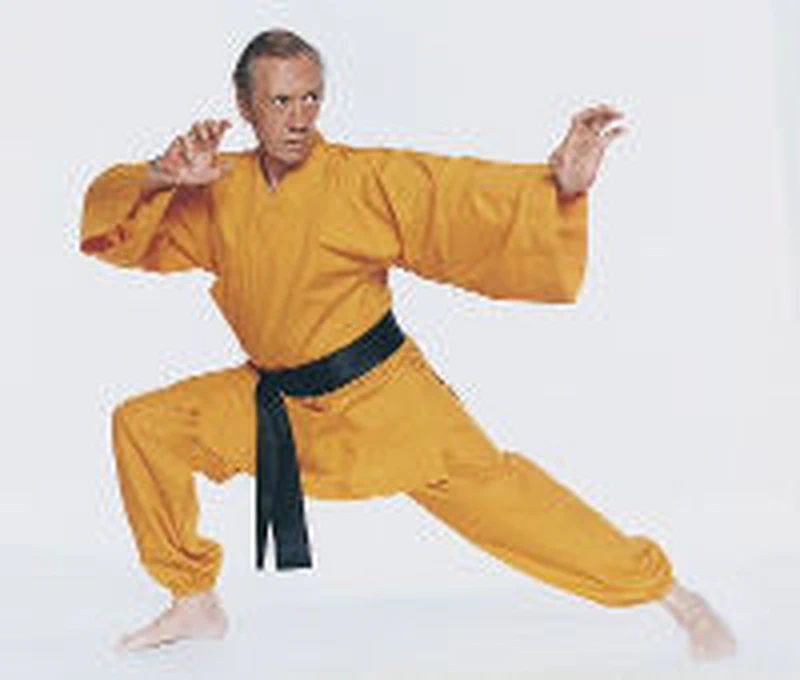
(a bit of flute in the style of Caine in the series)
Welcome to the first session of “school of po”.
A community dedicated to Product Owners. I’m delighted to open the ball in the company of Lucie and Dragos. But it’s a community and we’re also counting heavily on you. This first session is only the beginning, and before diving over the course of our meetings into certain topics in a more advanced way, I thought a quick overview would be necessary.
#2: Map before exploring

If I had to address the product owner in 6 minutes 40 I would first like to evoke a sort of cartography: what is he for? what do we expect from him? what type of person is he? Do there exist typical product owners?
In short, to quote “Girls” a documentary series on female anthropology: let’s start by mapping before exploring.
Everyone knows that the product owner must be driven by value. By the idea of creating value. He serves to create value. There you go. But who is he and how does he go about it?
#3: Strategy: what, why, vision

What is a PO for? A PO is first of all the guardian of a strategy, of a vision. Guardian of the explanation of the what and the why. A strategy is when you decide what the target is, which paths we decide to take to get there, what posture we decide to have. A strategy is when you point to a place on the map. And you decide in what way you will try to get there. A strategist gives meaning, perspective. He doesn’t discuss details, he talks about vision. He is attack or defense, he thinks the posture should be frenetic or composed. He defines a destination, and what we take with us.
The PO is therefore a person who must see the stakes. A real sensitivity.
#4: Make emerge, validate, develop, pivot, innovate
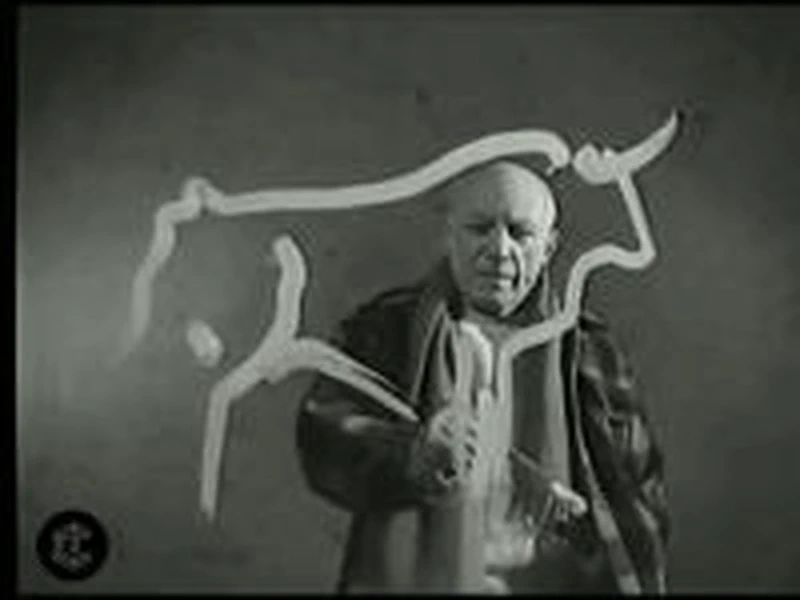
But the world around us is changing. This strategist of the product, of value creation around his product must not ignore it. He cannot have a fixed strategy. His strategy must be nourished by the state of his product, the time he has ahead of him, and the terrain in which he moves. He must observe the competition, the market, do research, constantly question his customers. He’s a strategist constantly alert, like a chess master, but he’s also a creative strategist like an artist.
#5: Tactics, tools and know-how
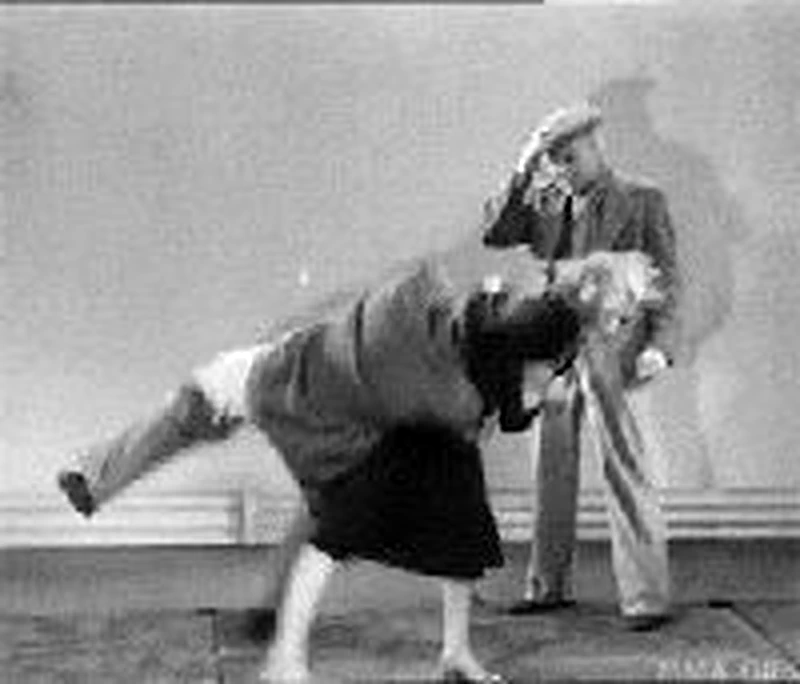
The PO is a strategist but he’s also a tactician. The strategist thinks about the product while keeping alert his attention on everything that unfolds around him, and what could emerge. But the PO must also be a tactician. The armed wing of the strategist in a way. The strategist gives a perspective, the tactician is the one who puts into music on the ground, feet in the mud. The one who following the strategy applies himself to cutting, organizing, prioritizing, responding to questions that arise in action.
#6: Expertise

This tactic often requires expertise, real learning: how to state value elements, how to break down products with user story mapping, know how to do event storming, impact mapping, understand what a good BDD approach (behaviour driven development) is. Attach yourself to projecting into personas. Create release plans, respond on the fly to developers, make sudden but legitimate choices. He is in contact with teams naturally, within them. (the strategist can also use tools to think about his strategy nevertheless).
#7: Facilitation: communication, clarification, dynamics
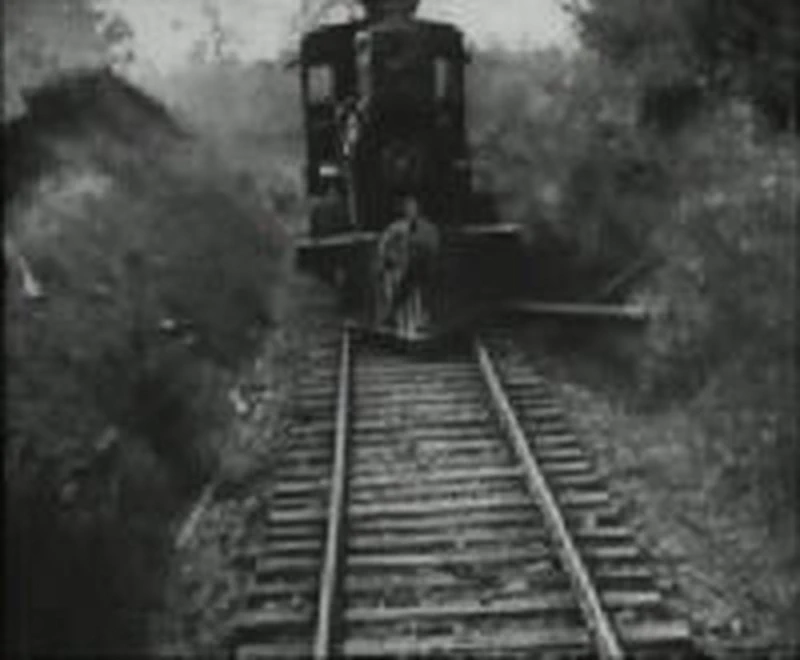
Immersed in the middle of teams, after strategist and tactician, he possesses a third face, that of facilitator. Not to be confused with the facilitator that is the scrummaster. The product owner must be a good facilitator of his product. Know how to express its value well, know how to express its stakes well, know how to express his agenda well, the state of affairs, the choices that have been made, why, what the results are.
Make sure to have properly integrated the right people in his reflection, to have properly clarified to each the impacts he hoped to obtain. The scrummaster is a facilitator of the organization, the product owner is a facilitator of product value.
#8: Coaching

A good part of this facilitation will be addressed to the team. The product owner is within them. He must constantly reformulate, anticipate, facilitate the appropriation of the implementation by teams and the highlighting of value aspects, his choices, his compromises. For this he explains, uses the tools carried by his expert/tactician face. He listens, he creates a link with his teammates.
Inevitably he endorses the results, and protects his team. Assumes his choices. It’s important therefore that he be legitimate.
#9: Context, according to moments, according to sizes

All these roles can seem like a lot. Strategist, tactician, facilitator. Maybe some of you found yourselves in one of these postures, but not all three. Or not all three at once. Everything will depend on context.
Who has already carried the role of strategist? of tactician? of product facilitator?
#10: Small organization, startup

In a small organization, an SME, or a startup you’re often all three at once. Even more, you develop, you also sometimes realize. It’s exciting. The risk is leaving only the identity or identities that delight us most speak. The tactician who forgets strategy. The strategist who forgets implementation, or the one who is incapable of facilitating around his product making all his work as strategist and tactician null and void. There’s not really seasonality. We understand that we facilitate all the time, or that we are expert at arranging the proper unfolding of action all the time. We could tell ourselves that we’re only strategist at certain key moments, at the beginning of a cycle. But very often the strategist feeds on learnings that come back from the field to change his strategy, or from the market that evolves around him, or from that idea that springs up without warning. So he is also always there.
#11: Large organization, product manager?

And then the organization grows. Impossible to be all three at once. You’ll have to choose often between strategist and tactician, you must always be facilitator. In big structures there often emerges what we call the “product manager”. He’s the strategist product owner. And he estimates that he has product owners who put his strategy into application, the tactician product owners. So we often have a product manager and his team of product owners. And this could repeat. A product manager who supervises a product, a team of product owners assigned to his big branches, themselves the product managers in a way of teams of product owners. Be careful however don’t start getting carried away with this idea of replication as if infinite. There are great limits: you must be able to apprehend understanding the assembly, you must be able to manage the technical complexity of assembling everything, etc etc. No illusion about scaling.
#12: Large organization, PO team? PO Proxy?

In large organizations the PO who often comes from business (he could come from business it’s natural, but also a good project manager who understands the stakes of a product, like a PMO). Now the business, this part that claims to be noble in the company doesn’t have time it’s well known.
Then often appears the proxy PO. Who compensates for the absence of the PO. What about legitimacy? What about relevance? Of one or the other moreover, of the Product Owner as well as the Proxy PO? Why not simply keep the one who has time and who will know how to do the job? Why keep in the loop the one who doesn’t have time or who won’t know how to do the job? It’s the time of politics that emerges, of imposters and impostures.
#13: Imposters

Sometimes proxy PO works, but then why not call them PO directly? Because they’re not paid by the same people? Because they’re not overseen by the same people? Because it would fault certain people that they become PO in place of the PO? But what about legitimacy then? About the relevance of answers? About responsibility for choices and value delivered?
What to do with a proxy PO who is only expert without knowledge. Without understanding of the product. And therefore without facilitation?
Where are the budgets? Who are the real carriers of the product and value? Why do the product carriers never have time? What meaning do they give to their action? What goals are we pursuing if it’s not product value?
#14: Impostures

This animal is the MOA, well it’s the megalateryx, from the family of MOA. You’ve understood that often it’s not product value, product strategy that is defended by the organization, but rather the organization itself that seeks in a farcical nonsense to enter into a costume that isn’t its own.
Very often MOAs, MOEs (let those who don’t know here not seek to discover the meaning of these acronyms), hide under the titles of proxy PO, Product Owner, PO Support. We find everything there. Technical facilitators! Very good Product Owners forced to be proxy so as not to jeopardize the previous organization chart, not to create any indeed, precedent.
In peril the legitimacy of the product owner, and everything collapses.
#15: Typical Product Owner?

Understanding methods, tools, but also relational aspects, and complex systems. Understanding that we cannot learn to the letter, just as an organization cannot replicate another organization. It’s exciting. So there’s no typical product owner. They can come from several backgrounds. But it’s undeniable that they must in fine have an affinity with the product. With meaning, with value.
There’s no right case, it’s still, always, the intention and attitude that counts. And keeping in mind the different facets of their job.
#16: The defects of its qualities?
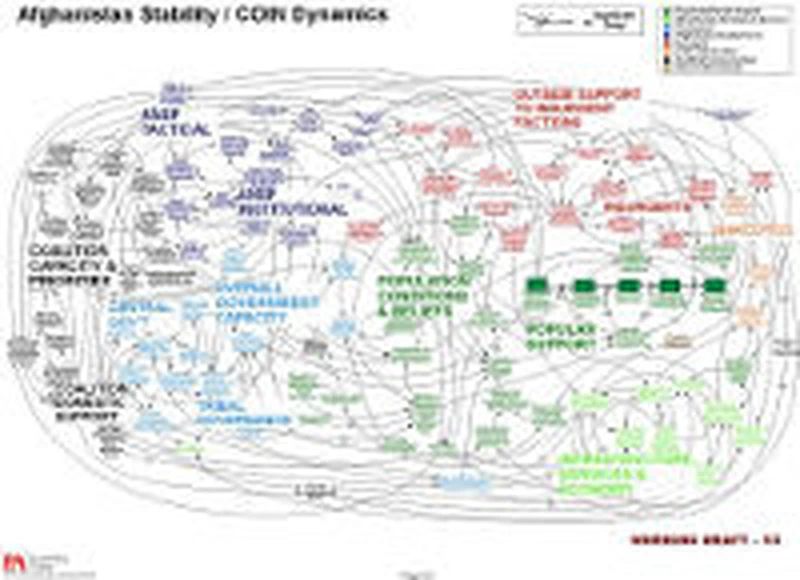
I’ve been able to meet product owners allergic to documents, to formalization, but who had precision, focus, vision on their products, and an ability to transmit the right information that no one requested anything else. Who endorsed their responsibilities in the product results.
I’ve known attentive and precise product owners who wrote beautiful user stories. Beautiful explanations. Which in itself facilitated the team, without smothering them. They knew how to question their writings. They knew how to flip the table when suddenly it was necessary.
I’ve also known product owners who didn’t do much and for good reason they didn’t have much to say or do. And left teams in a no man’s land of quicksand. Or others very industrious spitting out ultra-precise documents, obsolete in the second, that fossilized conversations, petrified teams.
#17: Proud / Value

We’ve seen that he could be strategist, tactician and facilitator. In his posture of product facilitator, that he leans on his strategist or tactician face. The product owner should be proud to bring his stone to the edifice. He brings value, he’s proud of it. Pride doesn’t mean perfection. You can be proud of a small piece of green plant in the middle of a huge open-air dump.
Pride, frustration, despondency, feelings that demonstrate involvement. A product owner serves to build cathedrals, stone by stone.
#18: Learn

In this quest for value, we learn constantly. A product owner serves to make his organization learn, to validate his hypotheses. To transform hypotheses into hard cash value. To confirm that his strategy is the right one.
#19: Learn as early as possible
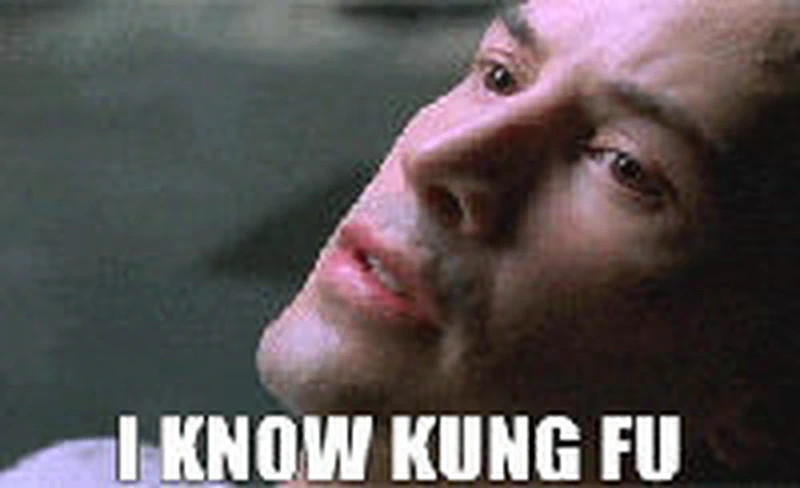
And to confirm it as early as possible! therefore at lower cost on one hand, and at faster benefit on the other hand. He’ll therefore need to know how to cut into small sets that make sense. This is no small learning.
In a more advanced way he’ll be able to integrate things also like the cost of delay. How much does a feature that I didn’t deliver earlier cost? About which I didn’t learn earlier?
#20: Thank you

Thank you…